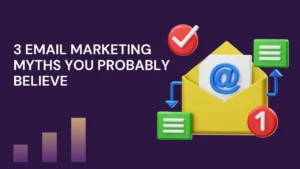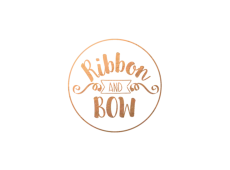

10 Ways Web Design Can Impact Content Marketing
Web design and content marketing are two crucial elements of a successful online presence. When these two elements are combined in a harmonious way, the result is an impactful and memorable user experience.
Whether you’re a small business looking to increase your online visibility or a large corporation aiming to maintain your dominant position, understanding the ways that web design can impact content marketing is essential.
Here are ten ways that you can use web design to enhance your content marketing efforts in a creative way.
1. First Impressions are Everything: Your website’s design is often the first interaction a potential customer will have with your brand. Make sure it’s a positive one! A well-designed website with a clean and professional look will leave a lasting impression and set the tone for the rest of your content.
2. Navigation is Key: A well-designed navigation system is essential for guiding users through your website and ensuring they can easily find what they’re looking for. A confusing or cluttered navigation system can lead to frustration and a high bounce rate.
3. Branding is Vital: Your website’s design should reflect your brand and reinforce your messaging. Consistent use of your brand’s colour palette, typography, and imagery will help to build brand recognition and establish a strong online presence.
4. Mobile-Friendly is a Must: With the majority of internet users accessing websites on their mobile devices, it’s essential that your website is optimized for smaller screens. A mobile-friendly design will not only improve the user experience but also improve your search engine rankings.
5. Aesthetics Matter: A visually appealing website will keep users engaged and coming back for more. Incorporate eye-catching graphics, interesting typography, and other design elements to enhance the overall look and feel of your website.
6. Use White Space Wisely: White space, also known as negative space, can have a significant impact on the overall look and feel of your website. Use it to create visual interest, guide the eye, and highlight important content.
7. High-Quality Images and Videos: High-quality images and videos can help to bring your content to life and keep users engaged. They can also help to break up text-heavy pages and make your website more visually appealing.
8. Interactive Elements: Interactive elements, such as quizzes, polls, and games, can help to engage users and make your content more memorable. They also provide an opportunity for users to interact with your brand in a fun and engaging way.
9. Load Time is Critical: A slow-loading website can be frustrating for users and lead to a high bounce rate. Optimize your website for speed by reducing file sizes, using optimized images, and minimizing the use of large, resource-intensive elements.
10. Continuously Evolve: The world of web design is constantly changing, so it’s essential to stay up-to-date with the latest trends and best practices. Continuously evolve your website’s design to ensure it remains relevant and engaging for your users.
In conclusion, web design and content marketing go hand-in-hand in creating an effective online presence. By understanding the ways that web design can impact content marketing, you can create a website that not only looks great but also effectively communicates your brand’s messaging and engages your target audience. So get creative, have fun, and start making an impact with your website today!







